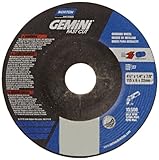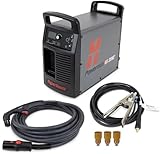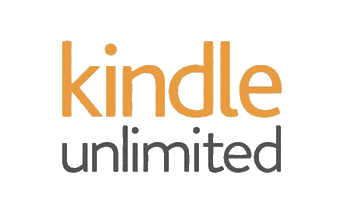A dependable bit set matters when you’re drilling mild steel, stainless, aluminum, or shop-grade alloys. The Drillco 350N29 is a 29-piece high-speed steel (HSS) mechanics-length set designed for fabrication and repair work where standard length bits tend to walk or flex. This guide breaks down what you’re getting, how it performs, and whether it belongs in a welding/fabrication shop.
Key Takeaways
- 29-piece mechanics-length set covering 1/16–1/2 in. in 1/64 increments
- HSS construction with a 135° split point (per manufacturer spec) reduces walking on steel and stainless
- Mechanics length = shorter, stronger, less flex vs. jobber length
- Durable steel index case with clear sizing
- Strong general-purpose set for welders, fabricators, and maintenance crews
What This Bit Set Solves
Mechanics-length bits solve three common shop issues:
1. Bit walk on steel
The 135° split point helps seat the bit fast. No punching required on lighter gauge material.
2. Excessive flex
Shorter length reduces chatter and breakage when drilling structural steel, brackets, and plate.
3. Inconsistent sizing
Full 1/64 increments fill the gaps that most budget sets skip—important for bolt-hole accuracy.
Performance & Build Notes
- Material: High-speed steel (HSS)
- Angle: 135° split point (manufacturer specification; improves center-starting)
- Length: Mechanics length (shorter than jobber, stronger in handheld drilling)
- Case: Metal indexed box with positive stops
- Best applications: Mild steel, stainless, aluminum, cast, general shop drilling
- Limitations: Not cobalt—under heavy stainless production use, cobalt will outlast it
Where to Buy
ArcWeld Store: $128.56 In Stock

Drillco 350N29, 29 Piece HSS Mechanics Length Drill Bit Set, 1/16" – 1/2" in 1/64" increments
Amazon:
- High-speed steel tools are good for most general purpose applications, offering a combination of hardness and toughness for wear resistance
- Gold oxide is a thinner oxide surface treatment than black oxide typically used to identify cobalt steel tools; performance is similar to uncoated tools
- These round shank tools have flats ground onto three sides to reduce slippage of the bit when used in drill chucks
- When run in a counterclockwise direction (right-hand cut) spiral fluted tools evacuate chips up and out of the cut to reduce clogging
- 29 screw machine length drill bits ranging in size from 1/16″ to 1/2″ in 1/64″ increments
Last update on 2025-12-05 / Affiliate links / Images from Amazon Product Advertising API
Disclosure: This article contains affiliate links. As an Amazon Associate, I earn from qualifying purchases.
Comparison Table
| Model | Key Specs | Best For |
|---|---|---|
| Drillco 350N29 | 29-pc, HSS, 135° split point, 1/16–1/2″ | Fabrication, maintenance, general metal drilling |
Is the Drillco 350N29 Worth It?
If you’re drilling metal regularly and need reliable sizes, the 350N29 sits in a sweet spot:
- Stronger than jobber length
- More accurate than 13-pc economy sets
- Affordable compared to cobalt machinist sets
For general welding/fabrication work, it’s a solid long-term shop set.
Safety Notes (AWS/ANSI References)
- Use ANSI-rated eye protection (ANSI Z87.1).
- Secure workpieces with clamps per AWS fabrication guidelines.
- Keep drill speed appropriate to HSS: reduce RPM on stainless and thicker plate to prevent overheating.
- Use cutting fluid on steel to extend bit life.
FAQ
Does this set include cobalt?
No. It’s HSS only. For heavy stainless or repetitive production drilling, consider cobalt.
Are the bits replaceable individually?
Drillco sells single bits; availability varies by vendor.
Will these work in a drill press?
Yes. Mechanics-length bits are stable and reduce wander.
Do they handle stainless?
Yes—within reason. Use slower RPM and cutting oil.
Sources Checked
- Drillco manufacturer catalog (spec confirmation)
- Amazon product listing (ASIN B00GPA7E9O)
- ArcWeld Store listing
- AWS/ANSI PPE and fabrication guidance (Z87.1)









![Shurlite Round File Single Flint Spark Lighter, 10 Per Box [Set of 10]](https://m.media-amazon.com/images/I/51jUs7akXoL._SL160_.jpg)










